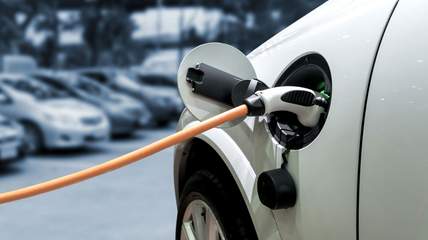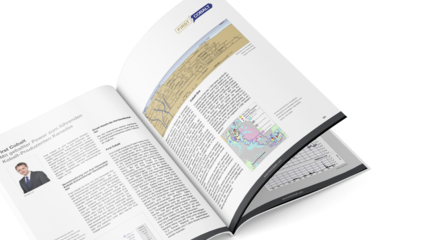Battery Metals Report 2018
The electrical revolution is just getting into full swing - Lithium and Cobalt play a key role!
Energy revolution, ban on diesel driving, nuclear phase-out, climate change - these and many other terms used in our daily language have led to a true turn of time in recent years that hardly anyone thought possible 25 years ago: The leap from the age of fossil combustion and the most immediate possible consumption towards the decentralisation of energy production, the corresponding need for local storage and, ultimately, a true revolution in mobility. After more than 100 years of combustion engines, the next stage of development is finally starting, and this is called electric mobility.
In addition to the engine, the heart of every electric vehicle is the energy store, i.e. a rechargeable battery. In the meantime, the lithium-ion battery has become the clear favourite. In addition to lithium, it requires larger amounts of cobalt, nickel, manganese or iron ions, depending on the type of battery.
The number of electric vehicles will multiply in the coming years: From 1.2 million electric cars in 2017 to at least 16 million electric vehicles per year from 2025. 25 million electric vehicles per year are expected from 2030, and from 2040 even 60 million vehicles per year. At the same time, demand for lithium-ion batteries will rise from 21 GWh in 2016 to 1,300 GWh in 2030! By 2021 alone, capacity demand will rise to an estimated 270 GWh, driven by the expansion plans of the upcoming storage production giants LG Chem, Samsung SDI, CATL, Lishen, Tesla and others.
This constellation will increase the demand for lithium and cobalt many times over in the coming years, with decentralised storage facilities (for photovoltaic or wind power plants) in particular likely to generate the greatest increase in demand.
This report deals with the two metals currently most important for battery construction - Lithium and Cobalt. In addition to the presentation of promising lithium and cobalt players, it provides a lot of basic knowledge and an interesting interview with the lithium and cobalt expert Tobias Tretter.










